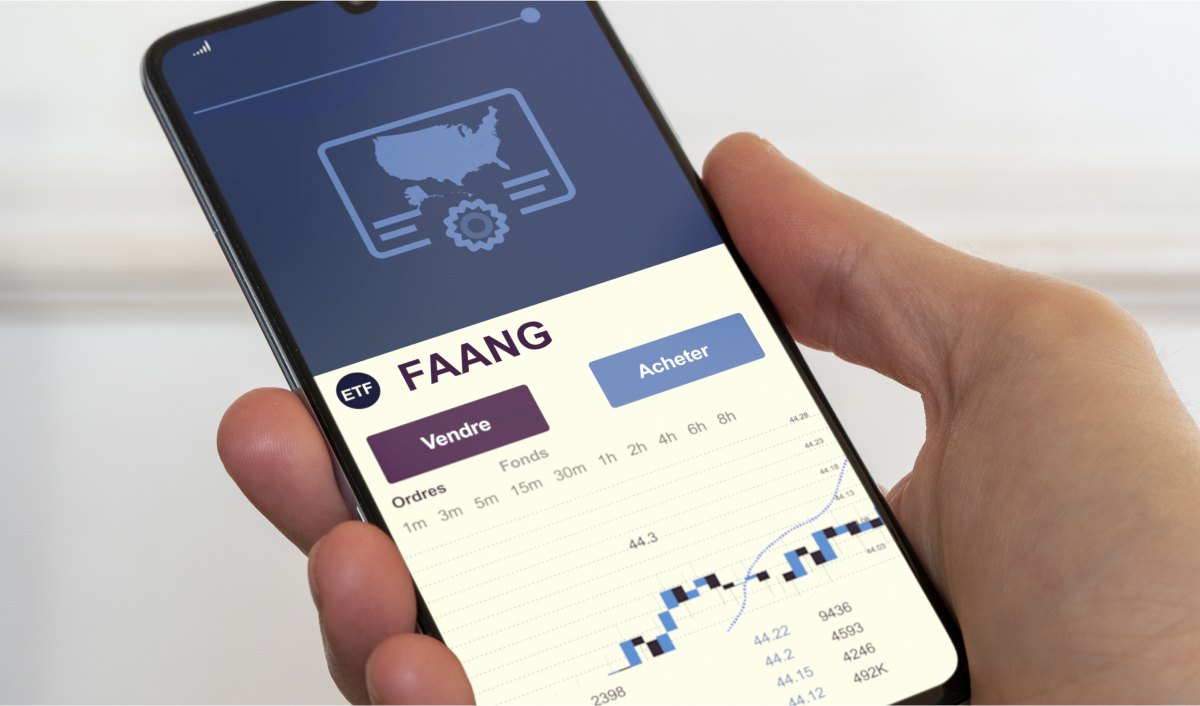The value investor looks for undervalued stocks. It’s not hard to find good values nowadays – just take $100 bills that you can get at 80 cents on the dollar! So why don’t we all rush out here and do this right now? Well there are two reasons: Most people aren’t aware of how valuable their money actually becomes over time; plus or minus 10%. That means if inflation rise 20%, then someone who bought an item 5 years ago will only see a profit increase from 0-10%.
These 3 stocks are perfect for newbies
1.
The Oracle of Omaha, Berkshire Hathaway has grown from a small Cherry Creek Traders oral history project into an international company with more than 60 wholly owned businesses ranging across insurance companies and railroads. In February 2022 after releasing his annual letter detailing how he outperformed other investors during the past year while holding onto valuable stocks longer-term rather than quickly selling them off when prices rise – Buffet wrote that in addition to $144 billion cash at hand as well–the charitable organization is hoping this new move will help it become even stronger!
2.
It’s no secret that P&G has been a solid company for years. Their products never go out of style and they’re constantly coming up with new ways to keep consumers happy, like this latest innovation from Proctor & Gamble! The best part? You can get your hands on these soon so there’ll be absolutely zero excuse does not give them try yourself – just hope your clothes don’t dirtier since it sounds as if all the moms raved about how great their time at home was while still maintaining quality family life thanks largely in large measure due.
3.
The profit margin at Target Corp is nothing short of astounding. In 2021, sales for this company’s target-branded products skyrocketed 18% to reach over $30 billion dollars–more than any other brand on store shelves today! And while many chains are feeling financial strain due to lower tourist traffic during an outbreak which caused people not want go out or spend money anywhere near them; Target managed differently as they still delivered 95% orders straight away through stores making their business model successful even with less customer contact
What are the stocks of value
Investors should be prepared for the long haul when investing in value stocks. These less risky investments may never fully recover from any losses incurred during tough economic times or other fluctuations in our market landscape, but they offer some of the best returns among all types on Wall Street. With today’s low interest rates it’s important not just get your money back soon- reinvesting helps build wealth over time.
The difference between Facebook and Google Alphabet (GOOGL) is that one company has been a staple of the market while another newer arrival strives for success. While both companies do indeed produce similar returns on average over short periods time; there’s always risk associated when investing your money into anything including invest ins such as inflation etc.
You might be thinking that the term “value” is subjective and difficult to define. However, there are some clear criteria for what makes an investment valuable: It must have steady but not spectacular growth rates; report relatively stable revenues (especially if it pays dividends too!) which make them good candidates when compared with other companies in their industry or sector – most importantly ones who pay out cash every quarter!
How to differentiate value stocks?
Value investing is a strategy where you collect stocks at discounts. The goal in this case would be to purchase those which are currently not favored by Wall Street, such as FedEx or Tesla stock during an economic downturn when prices have fallen due their short-term challenges; however there may also exist opportunities where one could invest on either side of the spectrum depending upon how they see market conditions developing over time – Apple being another example that falls under both categories mentioned above since its value can change based off what’s happening globally while still remaining generally attractive even though some investors might consider it pricey today .
Stocks are often compared on metrics like earnings per share or price-to-earnings ratios (P/Es). These numbers tell you how expensive or cheap each company might be, based upon its current level of success. For example if we have Company A with an EPS at 10 while another firm B has 5 then the first would seem much more appealing because even though they both exist in different industries and serve various customers there’s still enough similarities that make them relevant to one another which means some people may want what these businesses offer regardless whether it reaches higher heights than before 2008 when markets crashed – so this seems less risky as well considering investors will receive returns even though.
When a business wants to measure its success by looking at both profits and equity growth, they use the PEG ratio. This is similar but slightly different than an earnings-to-growth (PE/EI) rating that takes into account how well companies grow their revenue as opposed just focusing on profit margins or prices attained per share during public trading hours; this calculation will give you apples-to -apples comparison between businesses with varying levels of speed in expanding upon past performances based off various factors like credit quality improvement etcetera
One of the best ways to evaluate how profitable your business might be is by looking at its price-to book ratio. This number tells you everything about whether or not there’s money left over after all expenses have been paid, and it gives an idea as well on what type of investment portfolio this company could create for themselves in order get further investments!
The value investors
Long-term investing is a tried and true strategy for portfolio protection. There are three major types of investors in this game: Value Traders look to find stocks trading below their intrinsic value by applying fundamental analysis; Growth Investors try select those with long term growth potential relativeto current valuations (a little bit og each); And finally there’s Blended Approach where you do some thingsthere seems appropriate at first but then change your mind later on without regretting any decision taken along the way.
The power of value stocks
Value stocks offer great potential for long-term investors. Take Berkshire Hathaway, which at the beginning of 1965 would have appreciated nearly four times as much if bought today – $28 million instead of just under ten! Finding good businesses below their true values can be very rewarding indeed; it’s time you considered this style yourself with our help. We’ve developed strategies over decades worth combined expertise from both finance and business that allow us see where others don’t
 Articles
Articles


